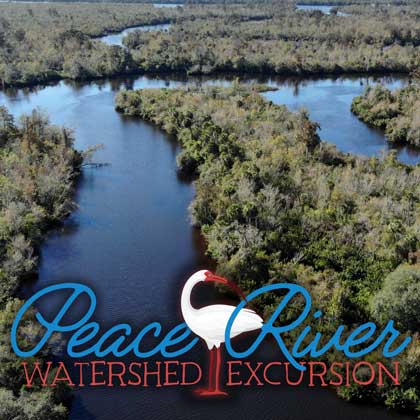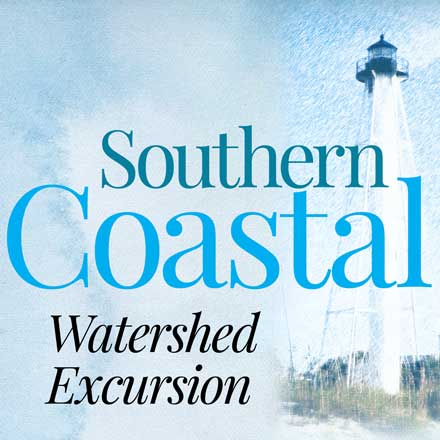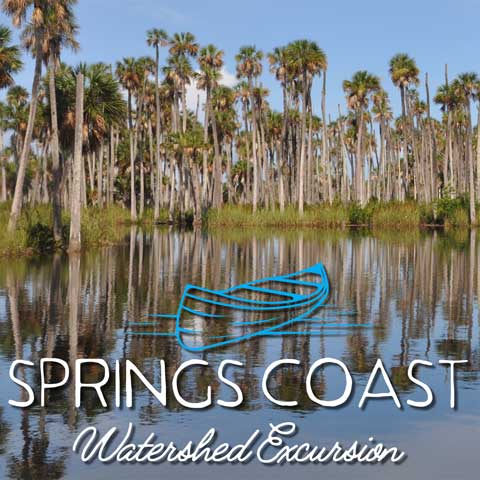A watershed is an area of land that water flows across as it moves toward a common body of water, such as a stream, river, lake or coast.
Watershed Basics
We all live in a watershed and if you live near a spring, you live in a springshed.
Watersheds are defined by the way water flows across the land and are shaped by features and elevations on the surface of the land. Springsheds, on the other hand, are defined by the way water flows beneath the land and are shaped by the geology and pressure below the surface of the land.
As rainwater moves across the land, it picks up bacteria and chemicals and carries them to our streams, rivers, lakes, coasts and underground aquifers. Common activities such as walking the dog, taking care of the lawn and driving the car, leave behind pollutants. We all share responsibility for this type of pollution—nonpoint-source pollution—because of its many random sources.
Everything we do on land can affect the health of our water. Learn how to protect your watershed and prevent water pollution.
Explore Your Watersheds
Through these virtual watershed excursions, you'll learn all about the connection between land and water. Through these virtual watershed excursions, you'll learn all about the connection between land and water. If you're a teacher, click on the coordinating teacher's guide for each virtual watershed excursion linked in the blue side bar to the right.
Watershed Videos
Join the Community Effort for Clean Water
- Use fertilizers and pesticides according to package directions. Extra nutrients can runoff your lawn and into our water supply, leading to unhealthy algal blooms.
- Have septic systems inspected every 2–3 years. Leaks can pollute groundwater and nearby water bodies.
- Conserve water. Overwatering your lawn can damage your landscape and places extra stress on our water supply.
- Never dump anything down a storm drain. Storm drains are channels for rainwater that help reduce flooding and drain to nearby water bodies.
- Pick up after your pets. Pet waste left on the ground can wash into nearby water bodies, spreading E. coli, roundworms and Salmonella.


 Alafia River Watershed Excursion
Alafia River Watershed Excursion The Green Swamp Watershed Excursion
The Green Swamp Watershed Excursion Hillsborough River Watershed Excursion
Hillsborough River Watershed Excursion Peace River Watershed Excursion
Peace River Watershed Excursion Southern Coastal Watershed Excursion
Southern Coastal Watershed Excursion Springs Coast Watershed Excursion
Springs Coast Watershed Excursion